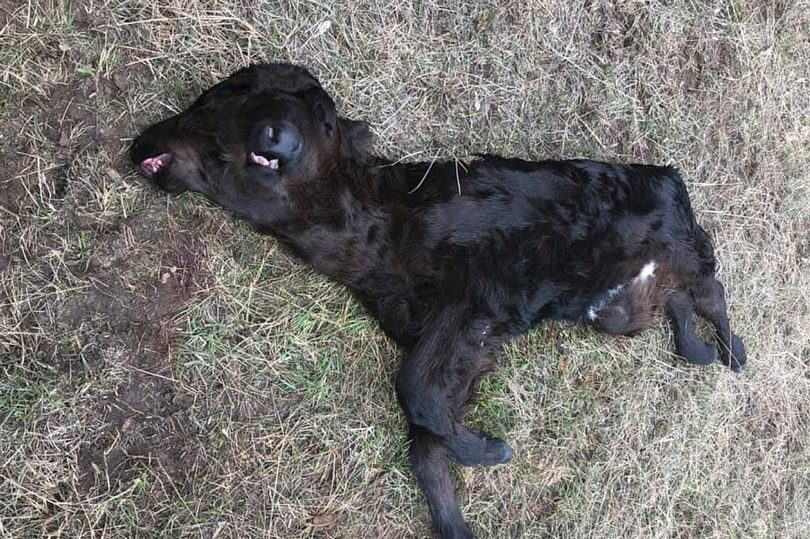OF THE
TIMES
Today as never before we need to comprehend the course, logic, and path of the process of history. Every day we need to make decisions that will affect future generations. It has become obvious that no single nation, confession, social class or even civilization can solve these problems on its own. We increasingly have to listen to one another: Europe and Asia, Christians and Muslims, White and Black peoples, citizens of modern democratic states and places where traditional society survives. The key is to understand one another correctly, avoid hasty conclusions, and acquire the true spirit of tolerance and respect toward those with different value systems, habits, and norms.
Is it too early to Blame the subversion of western Nations by Israel as the main cause of the collapse of those very same Nation's governments? Is...
The Israeli deal is to "suspend" the rafah attack. Think of a suspended player or student. They get to return to playing or to school. This deal...
I repeat Modern warfare kills all partakers. There are so many ways to attack that do not involve armies of soldiers. I am not sure most would...
More delusional bullshit from someone who refuses to see the oligarchy. He’s getting harder and harder to read.
Richer · Great link. best 8 minutes today! +1
To submit an article for publication, see our Submission Guidelines
Reader comments do not necessarily reflect the views of the volunteers, editors, and directors of SOTT.net or the Quantum Future Group.
Some icons on this site were created by: Afterglow, Aha-Soft, AntialiasFactory, artdesigner.lv, Artura, DailyOverview, Everaldo, GraphicsFuel, IconFactory, Iconka, IconShock, Icons-Land, i-love-icons, KDE-look.org, Klukeart, mugenb16, Map Icons Collection, PetshopBoxStudio, VisualPharm, wbeiruti, WebIconset
Powered by PikaJS 🐁 and In·Site
Original content © 2002-2024 by Sott.net/Signs of the Times. See: FAIR USE NOTICE

Comment: A similar mutant calf was born in Nebraska recently as reported by the Albion News: